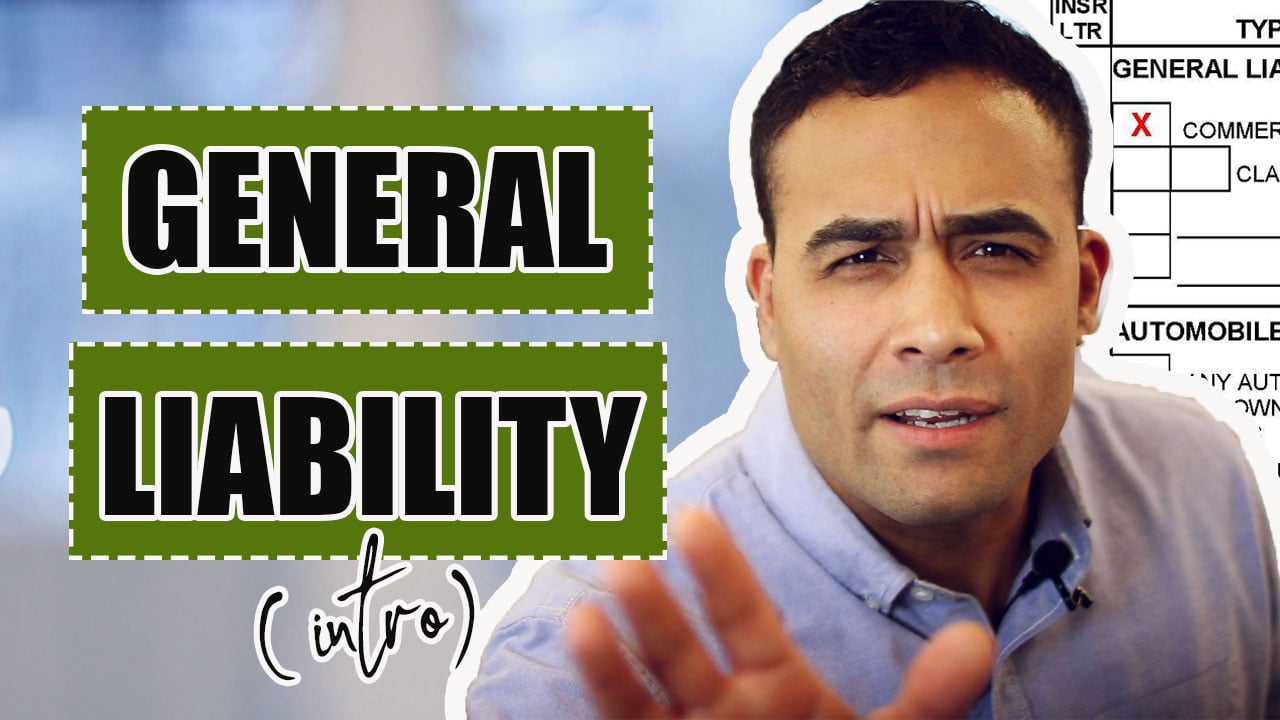
The Essentials of Contractual Risk Transfer
Contractual risk transfer is a part of a non-insurance agreement where one party gets excused from paying for any harm or damage that might happen. Basically, this part of the contract says that if something goes wrong, one party will accept liability, often using their insurance, so the other party doesn't have to worry about it.
Key Takeaways:
- Through techniques like indemnification agreements and waivers of subrogation, contractual risk transfer can shield parties from unforeseen liabilities.
- Critical endorsements play a pivotal role in safeguarding businesses and ensuring adequate insurance coverage.
- Businesses should implement a robust vendor insurance management solution, including carefully crafted contracts, expert review, and a thorough COI tracking program.
Contractual risk transfers are often used in subcontracting, supplier or sales agreements, and lease agreements. If contract stipulations are clearly and carefully outlined, they can protect businesses from unexpected liability by transferring the financial burden to another party. Of course, it’s not as easy as it sounds.
Some techniques used to achieve contractual risk transfer include:
- Indemnity & Hold Harmless Agreements - where one party agrees to compensate another for any losses or damages incurred
- Waivers of Subrogation - an agreement preventing an insurer from claiming damages from a third party responsible for a loss
- Comprehensive Insurance Requirements - ensure that you are covered against specific risks
While Indemnification and hold harmless agreements transfer liability from one party to another, what happens if that party isn’t financially able to cover potential claims?
If you have collected valid and compliant evidence of insurance—namely, a certificate of insurance (COI)—you can tender the claim directly to their insurance carrier for defense and payment of any damages.
How to Ensure Contractual Risk Transfer
Every contractual risk management program should include a strong vendor insurance management solution that includes vendor contracts with indemnification and hold harmless agreements and a careful review of the insurance requirements.
Businesses should hire a qualified attorney to assist with their contracts and to write the comprehensive insurance requirement language. When it comes to contractual transfer, it all comes back to the contract. If it’s not carefully written, the whole transfer falls apart.
The vendor management program should also include a COI tracking program and document compliance review process. By collecting and correcting the evidence of insurance provided by your vendors, you are more likely to be able to transfer any financial responsibility back to a vendor’s insurance carrier and protect your business.
Endorsements That Are Critical to the Contractual Risk Transfer Process
- Additional Insured Endorsement: This extends coverage to the additional insured named in the endorsement, and can be added to commercial general liability, automobile liability, pollution liability, and certain other policies. If a blanket additional insured endorsement referencing “where required by written contract” is used, careful review of the language is essential to ensuring that all parties seeking additional insured status are covered.
- Primary & Non-Contributory Endorsement: The vendor’s insurance policy will extend coverage to the additional insured on a primary basis and will not seek contributions from the additional insured’s policy.
- Waiver of Subrogation Endorsement: Prevents the vendor’s insurance carrier from subrogating or seeking reimbursement from the party that requested that subrogation be waived.
- Alternate Employer Endorsement: On workers’ compensation and employers’ liability policy, this type of endorsement allows a party to be scheduled with primary coverage as if they were listed as an insured on the policy.
Collecting Valid & Compliant Insurance Documentation
While certificates of insurance are commonly required for an overview of vendor insurance coverage, it's essential to recognize that they serve only as informational tools and do not confer any rights to the certificate holder.
In addition to collecting a certificate of insurance, you should consider collecting actual endorsements, schedule of forms pages, declaration pages, and possibly certified copies of insurance policies on very high-risk vendors. All documentation should be reviewed for accuracy and requests for corrections should be made and followed up on. If the vendor is providing ongoing services, renewal policies must be collected and corrected on an annual basis to complete your COI tracking program.
Take the time to assess your company’s vendor management program and analyze whether it is utilizing effective documentation tracking procedures.
Trust bcs for the Ideal COI Tracking Solution for You
Does your in-house team have the time, bandwidth, and resources to review and correct dozens of documents from hundreds of potential or existing vendors? If not, you are certainly not the only company that is struggling with COI tracking and compliance review, which are critical to the risk transfer process within your vendor management program.
At bcs, we provide advanced features and high-quality services designed to optimize your insurance tracking processes and ensure compliance.
Our industry-leading COI tracking solutions include a self-service platform to help you manage the process independently, or a full-service option offering expert guidance at every step. From automated RFP broadcasting and seamless onboarding to instant COI deficiency alerts, our solution simplifies every aspect of vendor management.
Consolidate document management, communication, and COI tracking in one secure platform, allowing you to focus on your core business operations.
bcs offers leading vendor management solutions with full- and self-service COI tracking and comprehensive document maintenance. Schedule a demo today to learn more about optimizing your vendor management processes.
Subscribe Now
Learn from the pros about risk-mitigation, document tracking, and more, with expert articles from bcs.






Leave a comment